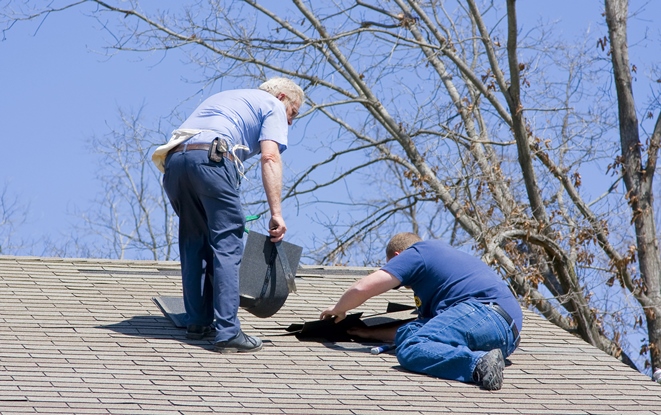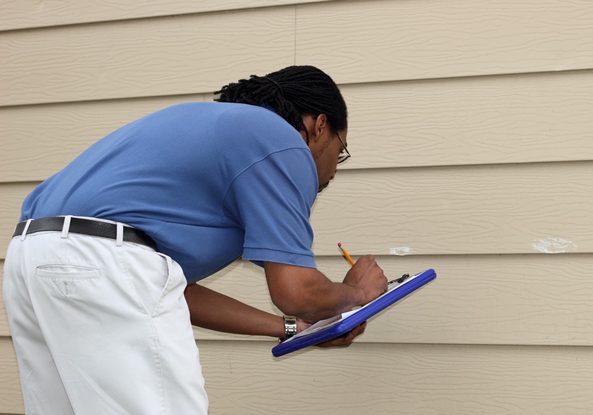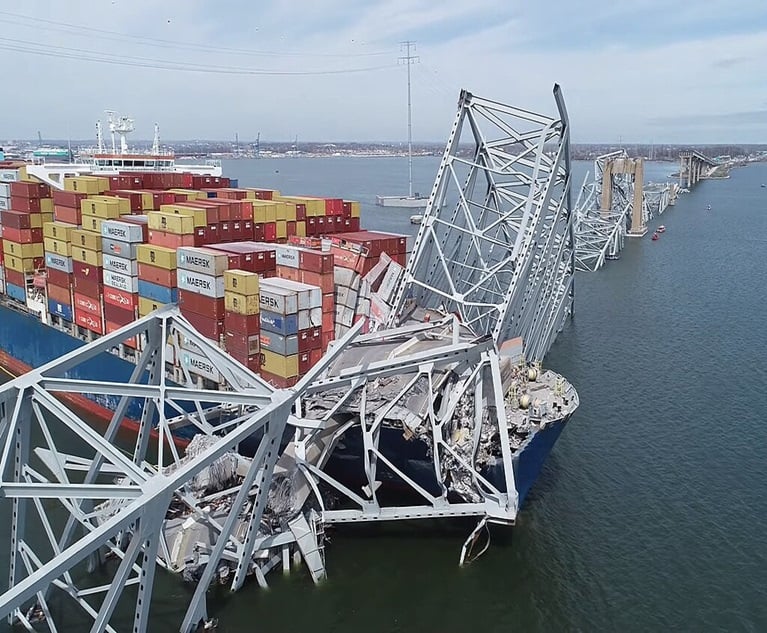Home insurance carriers are consistently looking for new tools to reduce risk and price with more precision.
New research from LexisNexis Risk Solutions sets out to help them manage their business better by providing data on trends related to specific perils that impact the home insurance industry.
The 2016 LexisNexis Home Trends Report identifies key insurance industry developments focused on wind, hail, fire, water (weather and non-weather related), theft, liability and other perils over a six-year period. It provides promising news for home insurance carriers: Although individual perils differ, overall homeowner claims continue to decrease, and loss costs from perils are flat or on the decline. The findings point to improving performance among carriers; however, they also suggest that carriers need to reassess their current models to price policies as precisely as possible so they can remain competitive.
Most notable findings
Most notable among the findings was that overall loss cost across all perils declined by 30 percent from 2010 to 2015, driven largely by fewer claims and catastrophic events. Catastrophic claims fell from 27 percent of claims in 2010 to 24 percent in 2015.
Related: 10 states with the highest and lowest homeowners' insurance rates
But non-catastrophic perils were many and persistent. Understanding the seasonal and geographical influences of these perils on homeowner claims can help carriers make more precise modeling and pricing decisions. For instance, the report found that although the severity of claims tends to hold steady throughout the year, overall seasonal frequency spikes 46 percent on average in the spring, while nudging up 8 percent in the fall.
When viewed through a geographic lens, loss cost from peril claims are highest in the Midwest due to the most vulnerable of the states commonly referred to as "Tornado Alley." Based on this loss data, the region should be more aptly named "Hail Alley" due to dollars lost per house.
The following are highlights of the report's key findings for four specific perils. Benchmarking performance against these trends can reveal new pricing opportunities for carriers as well as validate their prior initiatives.

Contractors repairing roof after windstorm. (Photo: Shutterstock)
1. Wind
Wind frequency and intensity provided one of the biggest surprises. Overall wind loss cost declined dramatically by 53 percent from 2010 to 2015. Catastrophic wind events declined over that five-year period as well, dropping 20 percent, with the majority of claims generated in the Midwest.
Like many perils, wind losses tend to spike in the spring and fall, often resulting in roof damage claims. A key takeaway for carriers is that increasing deductibles and the introduction of Actual Cash Value Roof Endorsements in some geographic areas appear to be having a positive effect on loss cost.
April through June is the worst time for wind storms in the Midwest.
Related: 10 windiest large U.S. cities

Insurance adjuster inspects damage to vinyl siding from hail storm. (Photo: Shutterstock)
2. Hail
Overall, hail loss cost declined 26 percent in the same five-year period. Hail claims tend to spike by as much as 59 percent in spring and summer, with a dramatic increase in claims from April through June, making hail the second primary factor driving overall loss cost during these months.
The report also found that catastrophic claim rates are consistent with the overall declining trend. Beginning in 2012, the non-catastrophic hail claim rate steadily improved overall, relative to other perils.
Want to continue reading?
Become a Free PropertyCasualty360 Digital Reader
Your access to unlimited PropertyCasualty360 content isn’t changing.
Once you are an ALM digital member, you’ll receive:
- All PropertyCasualty360.com news coverage, best practices, and in-depth analysis.
- Educational webcasts, resources from industry leaders, and informative newsletters.
- Other award-winning websites including BenefitsPRO.com and ThinkAdvisor.com.
Already have an account? Sign In
© 2024 ALM Global, LLC, All Rights Reserved. Request academic re-use from www.copyright.com. All other uses, submit a request to [email protected]. For more information visit Asset & Logo Licensing.








